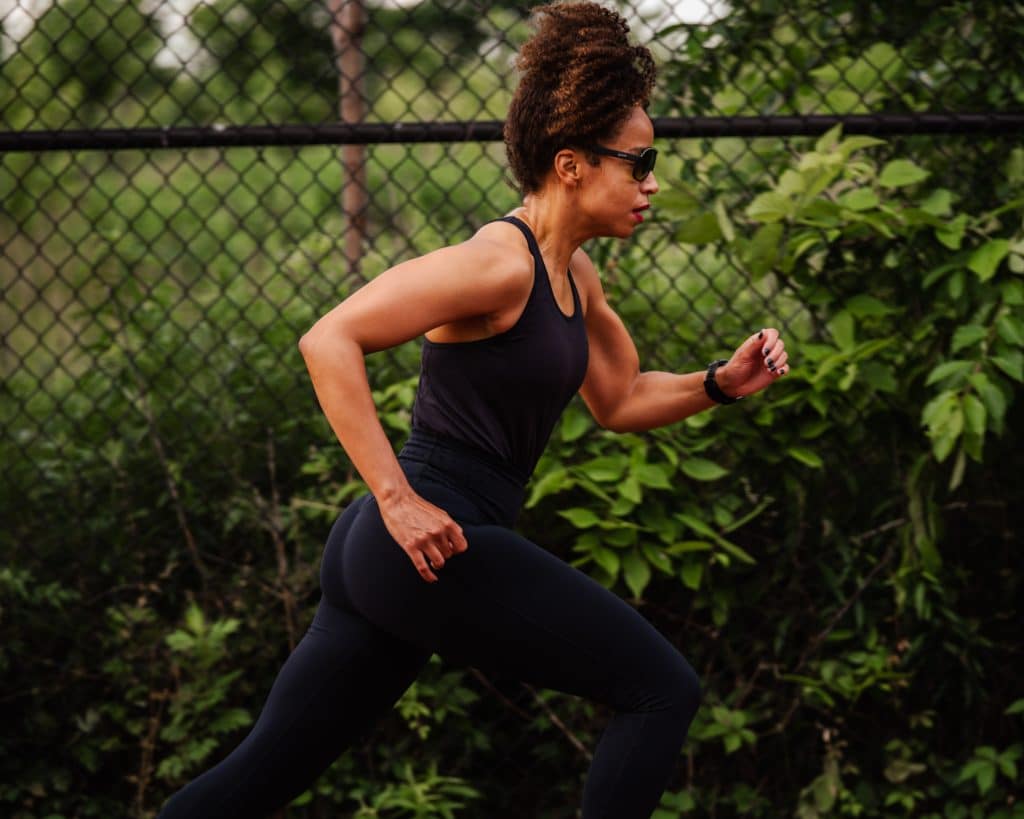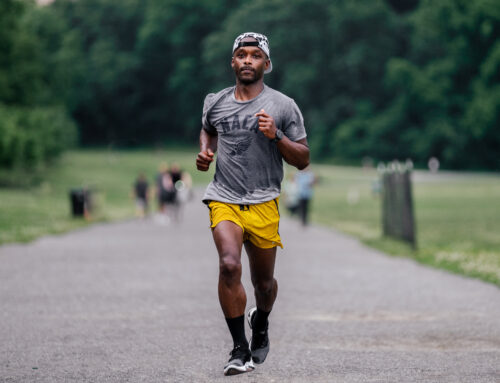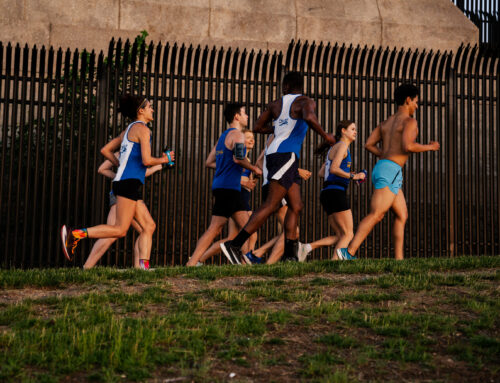
By Dr. Jack Daniels
Of the many adverse weather conditions runners face, probably the only one that every runner is confronted with at one time or another is wind – and if there’s anything that interrupts training or racing more than wind, I have yet to meet it.
I consider myself fortunate to have coached for four years in Oklahoma, where you really learn to respect wind. Wind is as much a part of running in Oklahoma as heat is in Florida and Arizona. You learn to work with the wind, and you learn to avoid it when you can. Avoiding it means running early in the morning or the evening.
Effect On Body Temp
Wind generally moves heat away from the body, enhancing cooling (this is why runners overheat on the treadmill). The exception is when you’re running with a steady tailwind that’s equal in velocity to your running speed, in which case removal of air surrounding the body is prevented. The result is a loss of heat dissipation and an increase in body temperature. This can be disastrous on a warm day and advantageous on a cold day.
Effect On Pace/Effort
Although headwinds can slow you down significantly, a tailwind of equal velocity won’t speed you up to the same extent. Running into a headwind of about 10 mph requires about a 12% increase in VO2 demand, whereas running with a 10 mph tailwind gives you about a 7% reduction in VO2 demand.
Try Drafting
Running behind another runner (drafting) is increasingly beneficial as wind velocity increases, and sometimes it’s good to work with a competitor under windy conditions, sharing the duties breaking the wind. This would be especially appropriate when both runners are trying for a particular time.
Strategy For Out-And-Backs
Start out against the wind on a cold day so the trip home will be warmer. Running with a tailwind first on a cold day can lead to some really chilly conditions on the return run, particularly if you get sweaty on the way out. The opposite applies to runs in warm weather – go with the tailwind first and return against the cooling wind to negate the tendency to overheat later in the run.
Dr. Jack Daniels is a world renown exercise scientist and author of the popular coaching book Daniels’ Running Formula.





Leave A Comment